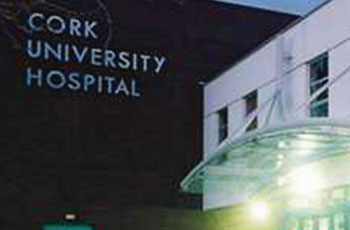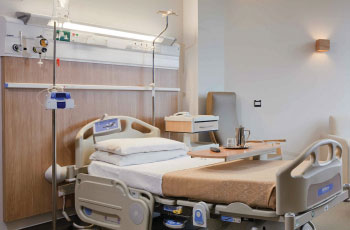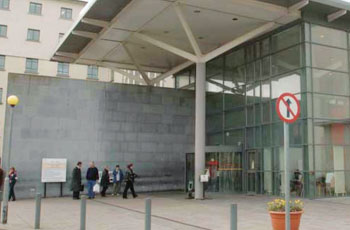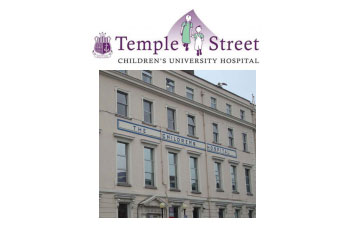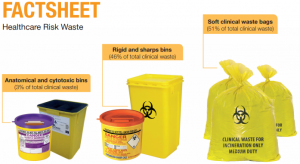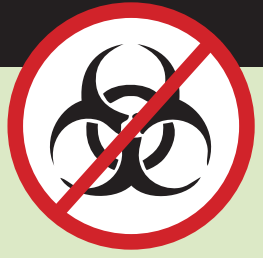3What to do about Healthcare Risk Waste?
To reduce the quantity of non-risk waste that is incorrectly disposed of in the healthcare risk waste stream, there are a few steps that need to be followed.
STEP 1: Review your facility’s healthcare risk waste classification policy
In conjunction with infection control, consider reviewing what your facility classifies as healthcare risk waste. Examples of materials that are often automatically classified as healthcare risk waste include incontinence wear, clean gloves and clean table or stand covers. This may not always be the case.
This is particularly the case for waste generated in isolation rooms which can lead to unnecessary waste if not managed properly.
STEP 2: Ensure staff know what is and what is not healthcare risk waste
It might sound obvious, but ensure that staff are made aware of what should be disposed of as healthcare risk waste.
Regular training is essential to keep staff up-to-date with any changes to the classification of healthcare risk waste. Training of new staff on segregation policies is essential, and should include important information, such as the large cost difference between disposing of waste as healthcare risk waste and non hazardous residual waste.
The Green Healthcare programme developed a number of resources, including best practice guidance, an information poster and a training game.
STEP 3: Remove healthcare risk waste bins from public access areas e.g. multi-bed wards
In the main, patients and visitors are not aware of the difference between healthcare risk waste and non-hazardous residual waste – particularly in terms of the significant disposal cost differential. Consequently, they may incorrectly dispose of waste in the risk waste bin. This has been observed in surveys undertaken in healthcare facilities. Also, as the general public do not deal with risk waste they do not require access to these types of bins.
Removing healthcare risk waste bins from the public areas of wards (with the exception of isolation rooms) and confining them to utility rooms, eliminates the potential for misuse, and also limits the number of areas where healthcare risk waste is stored.
Step 4: Healthcare risk waste generation benchmark
The Green Healthcare programme has produced benchmarks for the amount of healthcare risk waste generated in Irish hospitals. A waste benchmark expresses the average quantity of waste generated (usually in kgs) per in-patient bed day. In acute hospitals the average benchmark for healthcare risk waste is 1.9 kg per in-patient bed day, while in community hospitals it is 0.2 kg per in-patient bed day.
The benchmarks calculated by Green Healthcare allow any hospital to identify if they produce more or less waste than the average. If a hospital exceeds these average benchmarks, it may need to consider the reasons for this, and implement improvement options.
 Based on comparing actual volumes measured against best practice, there is the potential to reduce healthcare risk waste costs in acute hospitals by between €15,000 and €27,000 per annum. This can be achieved by diverting ‘non-risk’ and ‘potentially may not be risk’ materials from the healthcare risk waste stream.
Based on comparing actual volumes measured against best practice, there is the potential to reduce healthcare risk waste costs in acute hospitals by between €15,000 and €27,000 per annum. This can be achieved by diverting ‘non-risk’ and ‘potentially may not be risk’ materials from the healthcare risk waste stream.
Though community hospitals produce much lower levels of healthcare risk waste, the average savings could still be in the region of €2,000 – €6,000 per annum in each facility.



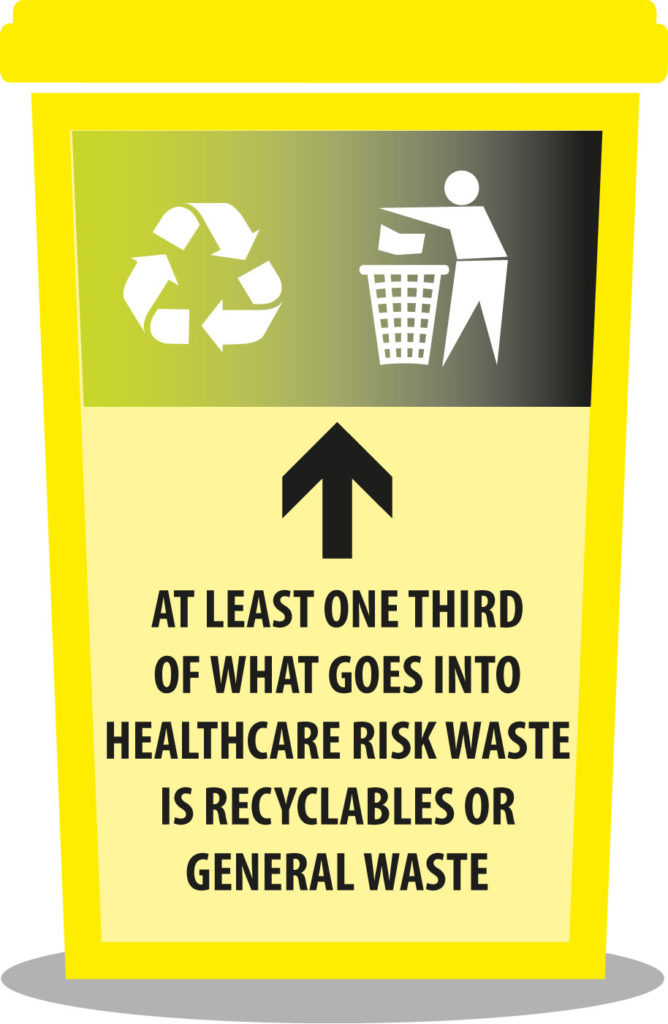
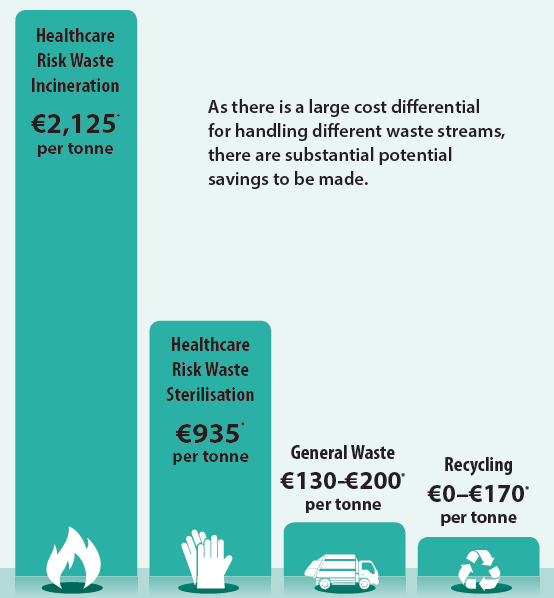
 Based on comparing actual volumes measured against best practice, there is the potential to reduce healthcare risk waste costs in acute hospitals by between €15,000 and €27,000 per annum. This can be achieved by diverting ‘non-risk’ and ‘potentially may not be risk’ materials from the healthcare risk waste stream.
Based on comparing actual volumes measured against best practice, there is the potential to reduce healthcare risk waste costs in acute hospitals by between €15,000 and €27,000 per annum. This can be achieved by diverting ‘non-risk’ and ‘potentially may not be risk’ materials from the healthcare risk waste stream.